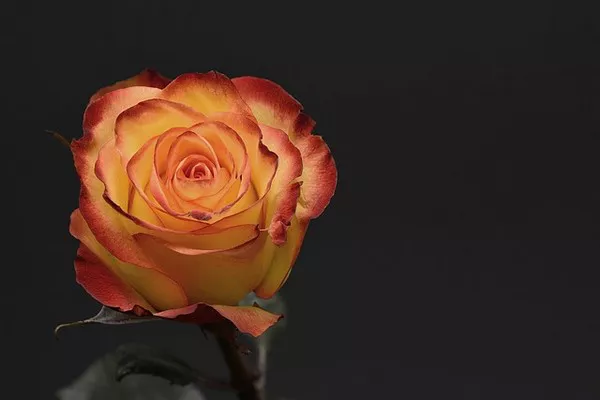In the intricate tapestry of human emotions, few sentiments rival the depth and universality of love. Across cultures and epochs, love has been celebrated, mourned, and immortalized in myriad forms of expression. Among these, the language of flowers stands out as a timeless and captivating medium through which individuals convey their deepest emotions. In this exploration, we delve into the symbolism of flowers, focusing particularly on one of the most potent and enduring representations of love: the rose.
The Language of Flowers: A Historical Tapestry
The use of flowers as symbols predates recorded history, with ancient civilizations imbuing flora with meanings that transcended their mere botanical existence. In classical mythology, deities and mortals alike were associated with specific flowers, each imbued with its own significance. The Victorian era, however, marked a zenith in the popularity of floriography, or the language of flowers, as a means of clandestine communication. In an era of strict social conventions and restrained expression, individuals utilized floral arrangements to convey messages of love, longing, and even rejection, with each bloom carrying nuanced meanings.
The Reign of the Rose: Epitome of Love and Romance
Among the myriad blooms that populate the lexicon of floriography, perhaps none commands as much reverence and adoration as the rose. Revered for its exquisite beauty, intoxicating fragrance, and myriad hues, the rose has emerged as the quintessential symbol of love across cultures and civilizations. Its association with romance can be traced back to antiquity, where it found mention in the poetry of ancient Greek and Roman writers. In Christian iconography, the rose came to symbolize purity and divine love, often depicted alongside representations of the Virgin Mary.
Decoding the Language of Roses: A Spectrum of Emotions
Central to the allure of the rose is its capacity to convey a spectrum of emotions, each variant and color imbued with its own nuanced significance. The red rose, with its deep crimson hue, reigns supreme as the unequivocal symbol of passionate love and desire. Its velvety petals evoke feelings of ardor and longing, making it a perennial favorite for declarations of romantic intent.
Conversely, the delicate blush of the pink rose signifies admiration, gratitude, and affection, making it an ideal choice for conveying sentiments of admiration or appreciation. The white rose, with its pristine petals, embodies purity, innocence, and new beginnings, making it a popular choice for weddings and celebrations of enduring love. Meanwhile, the yellow rose, with its sunny demeanor, symbolizes friendship, joy, and platonic affection, making it a versatile choice for a range of occasions.
Beyond the Rose: Exploring Alternative Symbols of Love
While the rose undeniably reigns supreme as the preeminent symbol of love, a myriad of other blooms also carry profound symbolic significance in matters of the heart. The fragrant jasmine, for instance, is revered in many cultures for its association with sensuality, romance, and divine love. In Indian tradition, jasmine flowers are often woven into garlands and exchanged between lovers as tokens of affection and devotion.
Likewise, the elegant tulip, with its graceful silhouette and vibrant petals, is celebrated for its association with perfect love and passion. In Turkish folklore, the red tulip is synonymous with undying love and is often regarded as a harbinger of spring and renewal.
Cultivating Love: The Ritual of Gifting Flowers
In contemporary society, the act of gifting flowers remains a cherished ritual imbued with profound symbolism and meaning. Whether presented as a token of romantic affection, a gesture of friendship, or a symbol of gratitude, flowers possess the remarkable ability to transcend language and convey emotions in their purest form.
Indeed, the act of selecting the perfect bloom entails a thoughtful consideration of not only its aesthetic appeal but also its symbolic resonance. From the fiery passion of the red rose to the tender affection of the pink carnation, each flower carries with it a unique message, waiting to be deciphered by the recipient.
Conclusion
In the timeless language of flowers, love finds expression in a myriad of hues, scents, and forms. Whether whispered through the velvety petals of a crimson rose or conveyed through the delicate fragrance of a jasmine blossom, the language of flowers serves as a poignant reminder of love’s enduring power to captivate, inspire, and unite.
As we navigate the complexities of human emotion, let us not forget the profound symbolism inherent in the blooms that adorn our world. For in each flower lies a story waiting to be told, a sentiment waiting to be expressed, and a love waiting to be shared.


